Photo Gallery for Haploa contigua - Neighbor Moth | 41 photos are available. Only the most recent 30 are shown.
|
 | Recorded by: Mark Basinger on 2025-06-23
Buncombe Co.
Comment: |  | Recorded by: Mark Basinger on 2025-06-22
Buncombe Co.
Comment: |  | Recorded by: Jim Petranka on 2024-09-05
Buncombe Co.
Comment: An early-instar larva; these were common on Buffalo-nut, but were not found on nearly Sweet Birch or Northern Red Oak. |
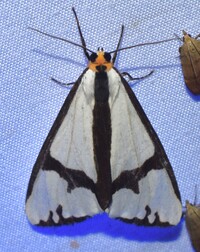 | Recorded by: Jeff Niznik on 2024-07-14
Watauga Co.
Comment: | 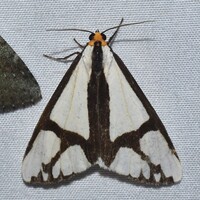 | Recorded by: Jeff Niznik on 2024-07-12
Watauga Co.
Comment: | 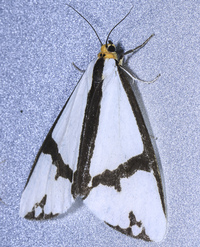 | Recorded by: John Petranka on 2024-07-10
Watauga Co.
Comment: |
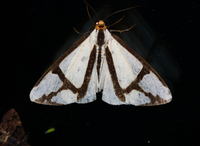 | Recorded by: Jim Petranka on 2024-06-28
Madison Co.
Comment: | 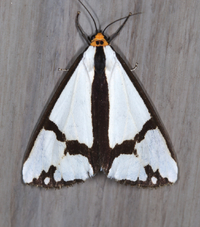 | Recorded by: Jim Petranka on 2024-06-24
Madison Co.
Comment: | 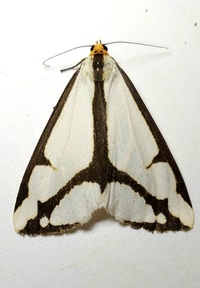 | Recorded by: Mark Basinger on 2024-06-23
Yancey Co.
Comment: |
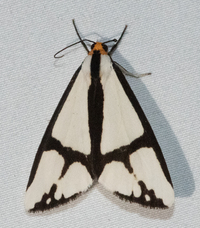 | Recorded by: Emily Stanley on 2024-06-14
Buncombe Co.
Comment: | 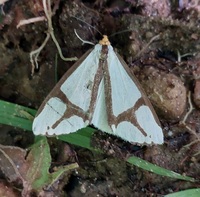 | Recorded by: Mark Basinger on 2024-06-08
Haywood Co.
Comment: | 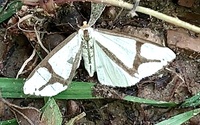 | Recorded by: Mark Basinger on 2024-06-08
Haywood Co.
Comment: |
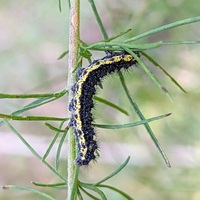 | Recorded by: Jeff Niznik on 2023-10-09
Orange Co.
Comment: | 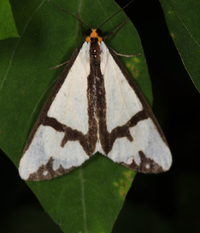 | Recorded by: Jim Petranka and Becky Elkin on 2023-07-27
Buncombe Co.
Comment: | 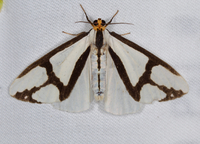 | Recorded by: Jim Petranka on 2023-07-06
Madison Co.
Comment: |
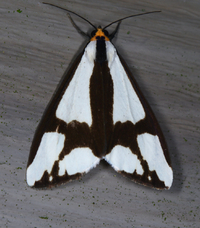 | Recorded by: Jim Petranka on 2023-06-30
Madison Co.
Comment: | 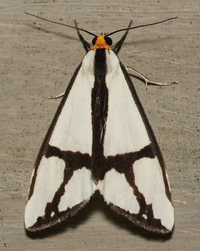 | Recorded by: Chuck Smith and Jim Petranka on 2023-06-29
Madison Co.
Comment: | 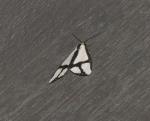 | Recorded by: K. Bischof on 2022-06-29
Transylvania Co.
Comment: |
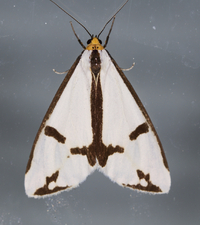 | Recorded by: Jim Petranka on 2022-06-25
Madison Co.
Comment: | 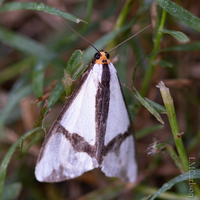 | Recorded by: David George, L. M. Carlson on 2022-06-22
Caswell Co.
Comment: | 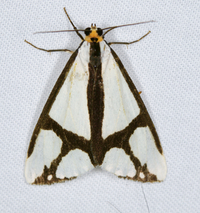 | Recorded by: Jim Petranka on 2022-06-21
Madison Co.
Comment: |
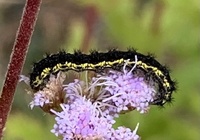 | Recorded by: Stephen Dunn on 2021-10-30
Orange Co.
Comment: on Conoclinium greggii | 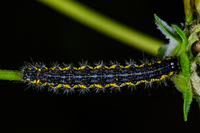 | Recorded by: David L. Heavner on 2021-10-14
Chatham Co.
Comment: | 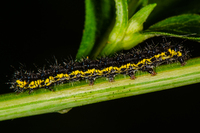 | Recorded by: David L. Heavner on 2021-10-14
Chatham Co.
Comment: |
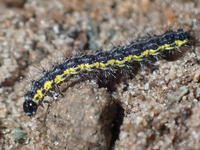 | Recorded by: tom ward on 2021-09-30
Buncombe Co.
Comment: | 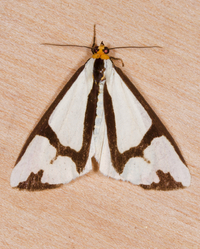 | Recorded by: Jim Petranka on 2021-07-06
Madison Co.
Comment: | 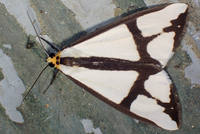 | Recorded by: tom ward on 2021-06-17
Buncombe Co.
Comment: |
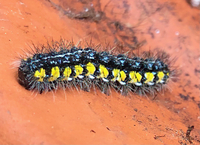 | Recorded by: Tedi McManus on 2021-06-06
Madison Co.
Comment: | 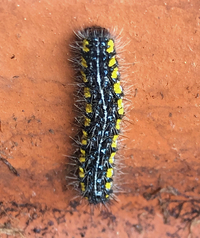 | Recorded by: Tedi McManus on 2021-06-06
Madison Co.
Comment: | 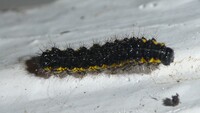 | Recorded by: Simpson Eason on 2020-11-16
Durham Co.
Comment: |
|

 »
»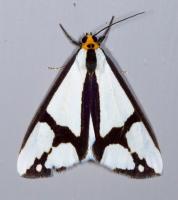



 »
»

